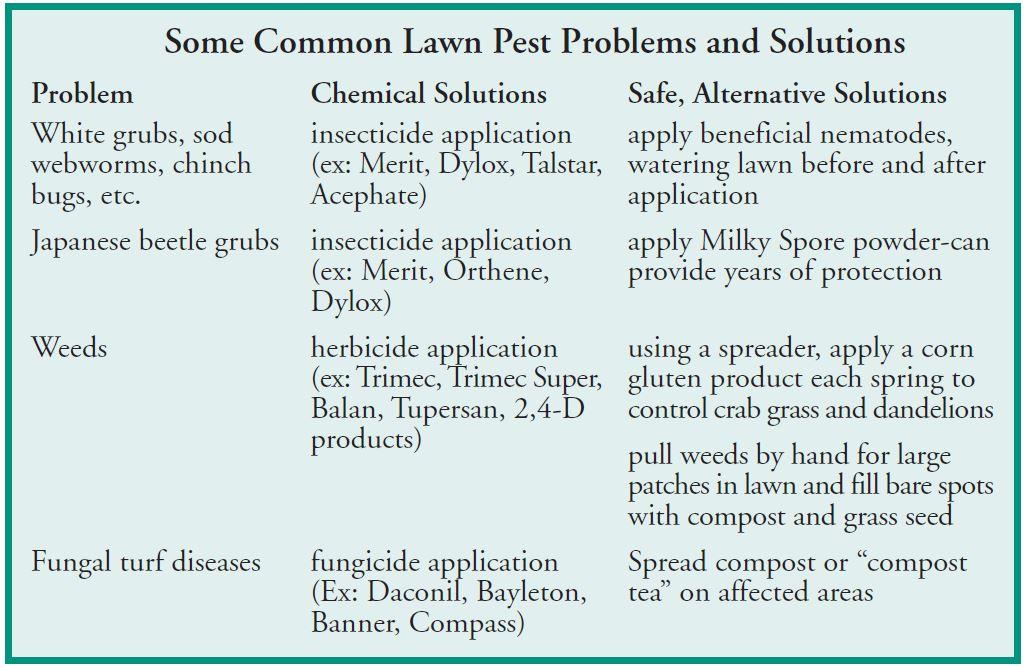Eco Bed Bug Exterminators Dc - Truths
A Biased View of Eco Bed Bug Exterminators Dc
Table of ContentsA Biased View of Eco Bed Bug Exterminators DcExcitement About Eco Bed Bug Exterminators Dc9 Easy Facts About Eco Bed Bug Exterminators Dc DescribedSome Known Facts About Eco Bed Bug Exterminators Dc.The Ultimate Guide To Eco Bed Bug Exterminators Dc
Since chemicals are toxic, they are likewise potentially unsafe to humans, pets, other microorganisms, and the environment. As a result, people that make use of chemicals or consistently can be found in call with them have to understand the loved one poisoning, prospective health and wellness impacts, and preventative actions to lower exposure to the products they use. Hazard, or risk, of utilizing chemicals is the possibility for injury, or the degree of danger associated with making use of a chemical under a given set of conditions.
However, applicators can lessen or virtually eliminate exposure-- and therefore minimize threat-- by adhering to the tag instructions, utilizing personal safety garments and equipment (PPE), and dealing with the chemical effectively. Even more than 95 percent of all chemical direct exposures come from dermal direct exposure, mostly to the hands and lower arms. By wearing a set of unlined, chemical-resistant handwear covers, this kind of direct exposure can be almost eliminated.
The damaging results that occur from a single exposure by any route of access are labelled "severe results." The four paths of exposure are facial (skin), inhalation (lungs), oral (mouth), and the eyes. Intense poisoning is identified by checking out the dermal toxicity, inhalation poisoning, and oral poisoning of examination animals.
The Definitive Guide to Eco Bed Bug Exterminators Dc
Acute toxicity is determined as the quantity or focus of a toxicant-- the a.i.-- called for to eliminate half of the animals in a test population. This step is normally revealed as the LD50 (dangerous dose 50) or the LC50 (dangerous concentration 50). Furthermore, the LD50 and LC50 values are based upon a solitary dosage and are taped in milligrams of pesticide per kilo of body weight (mg/kg) of the examination pet or partly per million (ppm).
The lower the LD50 or LC50 worth of a pesticide product, the better its toxicity to human beings and animals. Chemicals with a high LD50 are the least hazardous to humans if utilized according to the directions on the product tag. The persistent poisoning of a pesticide is identified by subjecting guinea pig to long-lasting exposure to the energetic component.
The chronic toxicity of a chemical is much more challenging than intense poisoning to figure out through lab evaluation. Products are classified on the basis of their relative severe poisoning (their LD50 or LC50 values). Pesticides that are classified as very harmful (Toxicity Group I) on the basis of either oral, facial, or breathing toxicity have to have the signal words threat and poisonous substance published in red with a skull and crossbones sign plainly presented on the front panel of the package tag.
The severe (solitary dosage) oral LD50 for pesticide items in this group varies from a trace total up to 50 mg/kg. Exposure of a few decreases of a material taken orally might be deadly to a 150-pound person. https://pubhtml5.com/homepage/hysas/. Some pesticide products have simply the signal word threat, which informs you nothing concerning the severe poisoning, simply that the item can cause extreme eye damage or extreme skin inflammation
9 Easy Facts About Eco Bed Bug Exterminators Dc Shown
In this group, the intense dental LD50 ranges from 50 to 500 mg/kg. A teaspoon to an ounce of this material could be fatal to a 150-pound individual (bed bug spray). Chemical items identified as either slightly poisonous or fairly nontoxic (Poisoning Categories III and IV) are required to have the signal word CAUTION on the pesticide label

A Biased View of Eco Bed Bug Exterminators Dc
All pesticide toxicity chemicalPoisoning worths the Consisting of, can be found on located product's Item Safety Product Safety and security InformationMSDS). Pesticide labels and MSDS can be acquired from sellers or manufactures. Additionally, most items additionally know that can be located on the net. The symptoms of pesticide poisoning can vary from a moderate skin irritability to coma or perhaps death.
Since of potential health and wellness concerns, chemical individuals and handlers need to acknowledge the typical indicators and signs of chemical poisoning. The results, or signs and symptoms, of chemical poisoning can be generally defined as either topical or systemic.
The Facts About Eco Bed Bug Exterminators Dc Revealed
Dermatitis, or swelling of the skin, is approved as the most typically reported topical impact associated with chemical exposure. Some people often tend to cough, wheeze, or sneeze when subjected to pesticide sprays.
This symptom typically subsides within a couple of mins after an individual is eliminated from the exposure to the irritant. Nevertheless, a response to a chemical product that triggers someone not only to sneeze and cough yet additionally to click this site create extreme acute breathing signs is more most likely to be a real hypersensitivity or allergic response.
Systemic results are rather different from topical results. They often take place away from the original factor of contact as an outcome of the pesticide being absorbed right into and distributed throughout the body. Systemic impacts often include nausea or vomiting, throwing up, exhaustion, frustration, and intestinal tract problems. In advanced poisoning situations, the person may experience adjustments in heart price, problem breathing, convulsions, and coma, which can cause fatality.